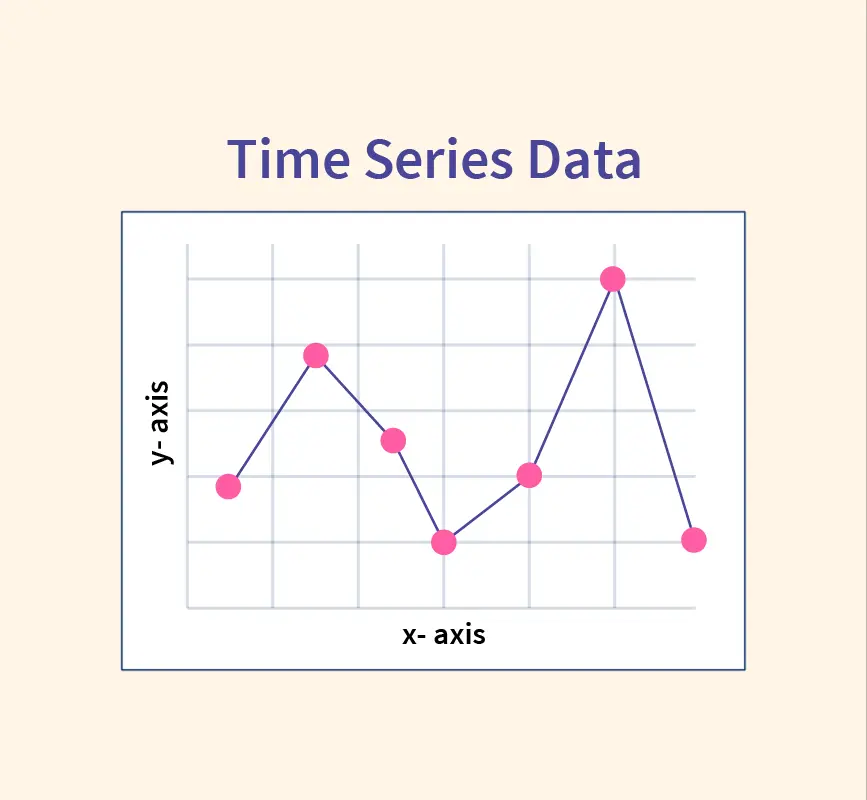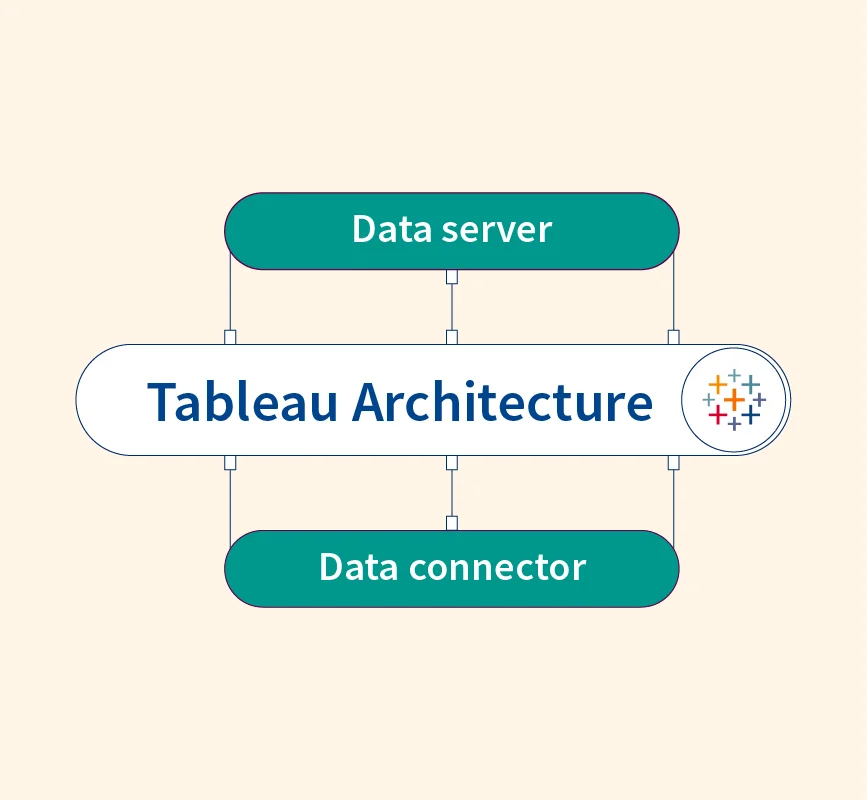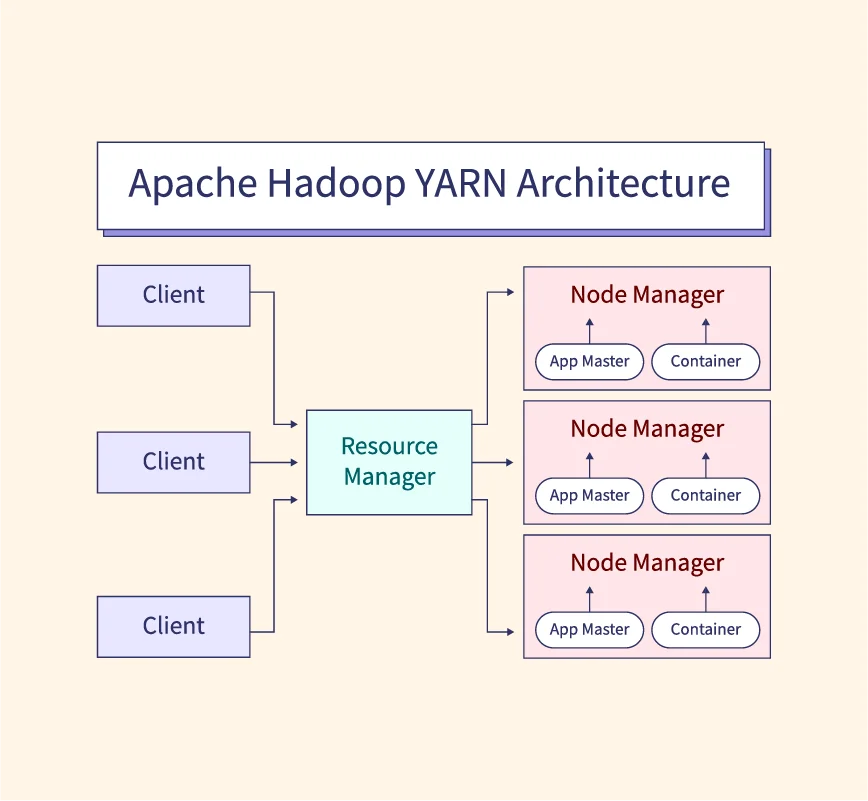Kernel methods are a class of machine learning algorithms that enable efficient data transformation into higher-dimensional spaces without explicitly computing those dimensions. They are widely used in tasks such as classification and regression, particularly in Support Vector Machines (SVMs) and Kernel Ridge Regression, to capture complex patterns in data.
Understanding Kernel Methods
Kernel methods are mathematical techniques used in machine learning to map data into higher-dimensional feature spaces, making complex patterns easier to identify. Instead of explicitly transforming the data into these high-dimensional spaces, kernel methods compute similarities between data points using kernel functions.
Mathematically, a kernel function $K(x, y)$ computes an inner product in a transformed space:
$$K(x, y) = \phi(x) \cdot \phi(y)$$
where $\phi(x)$ is a transformation that maps input data into a higher-dimensional space.
Kernel methods are especially useful in classification and regression problems where traditional linear models fail. They enable algorithms like Support Vector Machines (SVMs) and Kernel Ridge Regression to capture nonlinear relationships without explicitly performing complex transformations. The ability to handle high-dimensional data efficiently while maintaining computational feasibility makes kernel methods a core component of modern machine learning.
The Kernel Trick – Transforming Data Efficiently
The kernel trick is a mathematical technique that allows machine learning models to operate in higher-dimensional spaces without explicitly computing the transformation. Instead of performing expensive feature mapping, the kernel trick directly computes the similarity between data points in the transformed space using kernel functions.
For example, instead of manually transforming two-dimensional data into a three-dimensional space, a kernel function calculates the transformed dot product directly. This avoids computational complexity and enables algorithms to work with large datasets efficiently.
Common kernel functions include:
- Linear Kernel: Suitable for simple, linearly separable data.
- Polynomial Kernel: Captures complex decision boundaries.
- Radial Basis Function (RBF) Kernel: Highly effective for nonlinear problems.
The kernel trick significantly enhances the power of Support Vector Machines (SVMs) and Kernelized Regression, making them ideal for tasks where traditional models struggle with nonlinear data distributions.
Common Types of Kernel Functions
Kernel functions define how data points are compared in a transformed feature space. The choice of kernel impacts model performance, particularly in Support Vector Machines (SVMs) and Kernelized Regression. Here are the most common types:
Linear Kernel
$$K(x, y) = x \cdot y$$
The linear kernel is the simplest type, suitable for linearly separable data. It computes the inner product between two data points without transformation, making it efficient and interpretable.
Polynomial Kernel
$$K(x, y) = (x \cdot y + c)^d$$
The polynomial kernel captures complex decision boundaries by introducing a degree parameter ddd. It is useful when linear separation is insufficient but the relationship is still polynomial in nature.
Radial Basis Function (RBF) Kernel
$$K(x, y) = \exp \left(-\gamma ||x – y||^2\right)$$
The RBF kernel is widely used for nonlinear classification. It measures similarity based on the Euclidean distance between points, making it highly flexible and effective in high-dimensional feature spaces.
Sigmoid Kernel
$$K(x, y) = \tanh(\alpha x \cdot y + c)$$
The sigmoid kernel is related to neural networks, mimicking the behavior of activation functions. It is less common in SVMs but useful in specific applications.
Custom Kernels
For domain-specific problems, custom kernels can be designed by combining standard kernels or defining unique transformation functions to suit specialized datasets.
Kernel Methods in Support Vector Machines (SVM)
Support Vector Machines (SVMs) are powerful classification algorithms that separate data points using optimal hyperplanes. However, when data is not linearly separable, SVMs rely on kernel functions to transform the input space into a higher-dimensional representation where a clear separation exists.
By applying kernel methods, SVMs can efficiently classify complex, nonlinear patterns. The Radial Basis Function (RBF) kernel is the most commonly used because it captures intricate decision boundaries. Polynomial kernels work well when the relationship between features follows a polynomial function.
Example of Kernelized SVM in Action
In handwritten digit recognition, linear SVMs struggle to classify digits due to their complex shapes. By applying an RBF kernel, the SVM effectively differentiates digits by mapping them into a higher-dimensional space where separation becomes possible.
SVMs with kernel functions are widely used in image classification, bioinformatics, and text analysis, where data is high-dimensional and complex.
Kernel Ridge Regression – A Regularized Approach
Kernel Ridge Regression (KRR) extends linear regression by incorporating kernel methods to handle nonlinear relationships in data. Unlike standard regression, which assumes a direct linear relationship between inputs and outputs, KRR transforms the feature space using kernels to model complex patterns.
KRR is similar to ridge regression, which introduces a regularization term to prevent overfitting by penalizing large coefficients. However, in KRR, the model does not require explicit feature transformation—kernels compute relationships efficiently, making it scalable for high-dimensional datasets.
Comparison with Ridge Regression
- Ridge Regression: Works well when relationships are linear.
- Kernel Ridge Regression: Handles nonlinear dependencies using kernel functions like RBF and polynomial kernels.
Practical Applications
KRR is widely used in time series forecasting, financial modeling, and genomic data analysis, where patterns are inherently nonlinear, and high-dimensional feature spaces are common.
Practical Applications of Kernel Methods
Kernel methods are widely used across various domains due to their ability to handle complex, nonlinear patterns in high-dimensional spaces.
- Image Classification & Face Recognition: Support Vector Machines (SVMs) with RBF and polynomial kernels are used in facial recognition systems, enabling accurate identity verification.
- Bioinformatics & Genomic Data Analysis: Kernel methods help analyze DNA sequences and protein structures, where traditional linear models fail to capture intricate patterns.
- Text Classification & NLP: SVMs with kernels are essential for spam filtering, sentiment analysis, and document categorization, as they efficiently process high-dimensional textual data.
These applications highlight the versatility of kernel methods in solving real-world machine learning challenges.
Choosing the Right Kernel for Your Task
Selecting the right kernel function is crucial for achieving optimal model performance. The choice depends on the data characteristics and problem complexity:
- Linear Kernel: Best for linearly separable data with low feature interactions.
- Polynomial Kernel: Suitable for problems with moderate nonlinearity, such as financial forecasting.
- RBF Kernel: Ideal for complex, nonlinear datasets (e.g., image and text classification).
- Sigmoid Kernel: Used in specialized cases related to neural network approximations.
To determine the best kernel, experiment with different options, evaluate performance metrics, and consider domain-specific knowledge to optimize model accuracy.
Implementing Kernel Methods in Python
Python provides powerful libraries for implementing kernel methods, including Scikit-Learn, NumPy, and CVXOPT. The Scikit-Learn library offers built-in support for kernelized algorithms like SVMs and Kernel Ridge Regression.
Example: Kernelized SVM in Scikit-Learn
from sklearn import datasets
from sklearn.svm import SVC
from sklearn.model_selection import train_test_split
# Load dataset
X, y = datasets.load_iris(return_X_y=True)
X_train, X_test, y_train, y_test = train_test_split(X, y, test_size=0.2, random_state=42)
# Train an SVM with RBF kernel
model = SVC(kernel='rbf', C=1.0, gamma='scale')
model.fit(X_train, y_train)
# Evaluate the model
accuracy = model.score(X_test, y_test)
print(f"Model Accuracy: {accuracy:.2f}")This example demonstrates how to apply RBF kernel-based SVMs for classification tasks.
Conclusion
Kernel methods are essential tools in machine learning, enabling models to capture complex patterns without explicit feature transformations. They power advanced algorithms like SVMs and Kernel Ridge Regression, solving nonlinear problems efficiently. By mastering kernel techniques, practitioners can improve model performance and tackle real-world machine learning challenges more effectively.
References:


